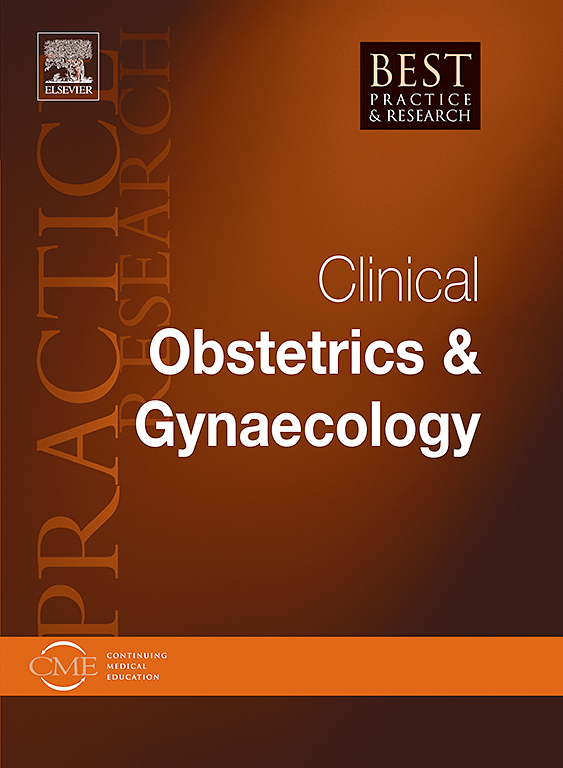Reframing antepartum and intrapartum surveillance
IF 3.9
2区 医学
Q1 OBSTETRICS & GYNECOLOGY
Best Practice & Research Clinical Obstetrics & Gynaecology
Pub Date : 2024-12-01
DOI:10.1016/j.bpobgyn.2024.102538
引用次数: 0
Abstract
The original goal of electronic fetal monitoring was to reduce stillbirths. It worked. Then the mission expanded to reducing neurologic impairment including cerebral palsy. Despite 50 years’ experience, the data have been contradictory, and even the key opinion leaders of EFM admit it an only detect about half the problems. Concomitantly, the cesarean delivery rate which has greater complications and costs has increased about 6-fold. Here we review multiple generations of antenatal testing schemes having increasing sophistication but still not too much improvement in outcomes and our re-engineered approach to intrapartum fetal monitoring for which we morph from the subjective Category system which has poor statistical performance metrics to a new approach we call the “Fetal Reserve Index.” The FRI breaks down the tracing into 4 quantifiable components (fetal heart rate, variability, accelerations, and decelerations) and then formally adds to the analysis the presence of increased uterine activity, and maternal, fetal, and obstetrical risk factors. In version 1.0, all parameters are weighted equally. We have shown improved and earlier identification of fetal risk earlier in the pathophysiology allowing less abrupt and dramatic interventions. We have further shown the early postpartum period to be one of commonly unrecognized risks, and we envision a continuum of assessment from antepartum through intrapartum and postpartum for optimal results.
重塑产前和产中监控。
电子胎儿监护的最初目标是减少死胎。它成功了。后来,这一使命扩展到减少神经系统损伤,包括脑瘫。尽管已有 50 年的经验,但数据一直相互矛盾,就连电子胎儿监护的主要意见领袖也承认,它只能发现大约一半的问题。同时,剖宫产率也增加了约 6 倍,而剖宫产的并发症更多,费用也更高。在此,我们回顾了几代产前检查方案,这些方案越来越先进,但结果却没有太大改善,我们重新设计了产前胎儿监护方法,从统计性能指标较差的主观分类系统转变为我们称之为 "胎儿储备指数 "的新方法。胎儿储备指数将追踪数据分解为 4 个可量化的组成部分(胎儿心率、变异性、加速度和减速),然后正式将子宫活动增加以及孕产妇、胎儿和产科风险因素添加到分析中。在 1.0 版中,所有参数的权重相同。我们已经证明,在病理生理学的早期阶段对胎儿风险的识别得到了改善和提早,从而减少了突然和剧烈的干预。我们还进一步发现,产后早期的风险通常未被识别,因此我们设想从产前、产中到产后进行连续评估,以获得最佳结果。
本文章由计算机程序翻译,如有差异,请以英文原文为准。
求助全文
约1分钟内获得全文
求助全文
来源期刊
CiteScore
9.40
自引率
1.80%
发文量
113
审稿时长
54 days
期刊介绍:
In practical paperback format, each 200 page topic-based issue of Best Practice & Research Clinical Obstetrics & Gynaecology will provide a comprehensive review of current clinical practice and thinking within the specialties of obstetrics and gynaecology.
All chapters take the form of practical, evidence-based reviews that seek to address key clinical issues of diagnosis, treatment and patient management.
Each issue follows a problem-orientated approach that focuses on the key questions to be addressed, clearly defining what is known and not known. Management will be described in practical terms so that it can be applied to the individual patient.

 求助内容:
求助内容: 应助结果提醒方式:
应助结果提醒方式:


